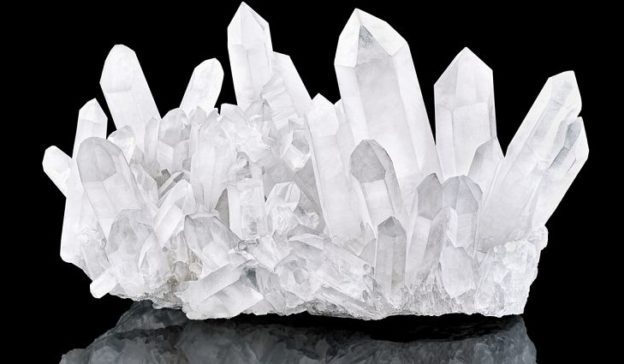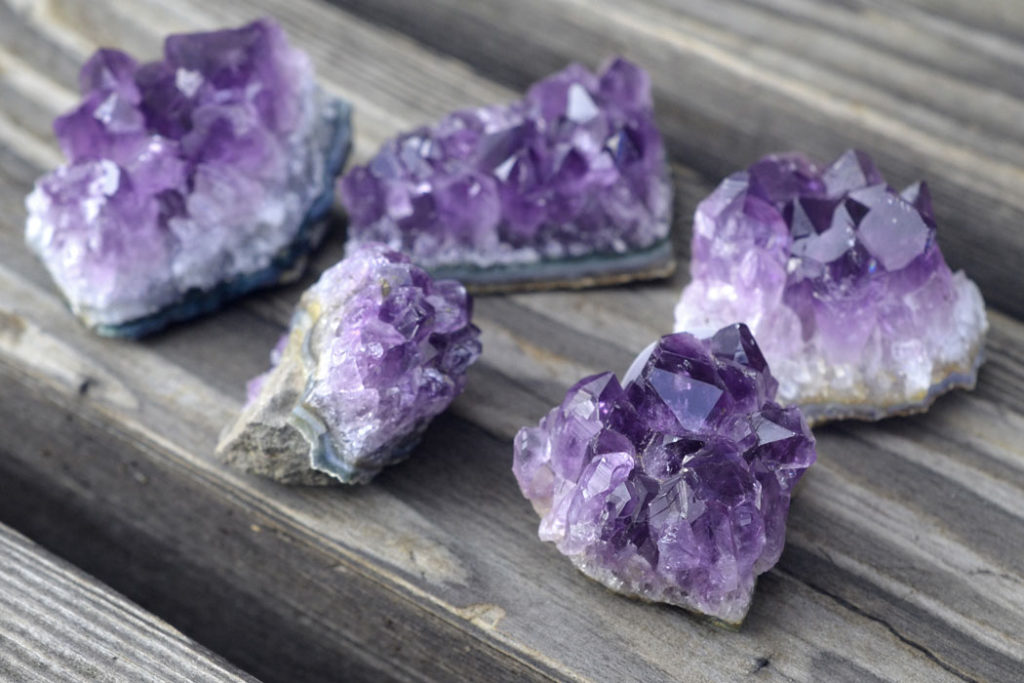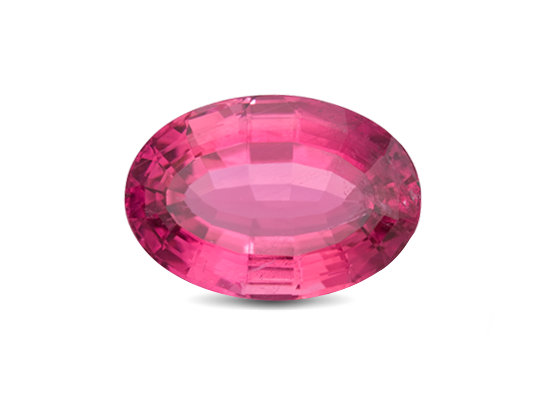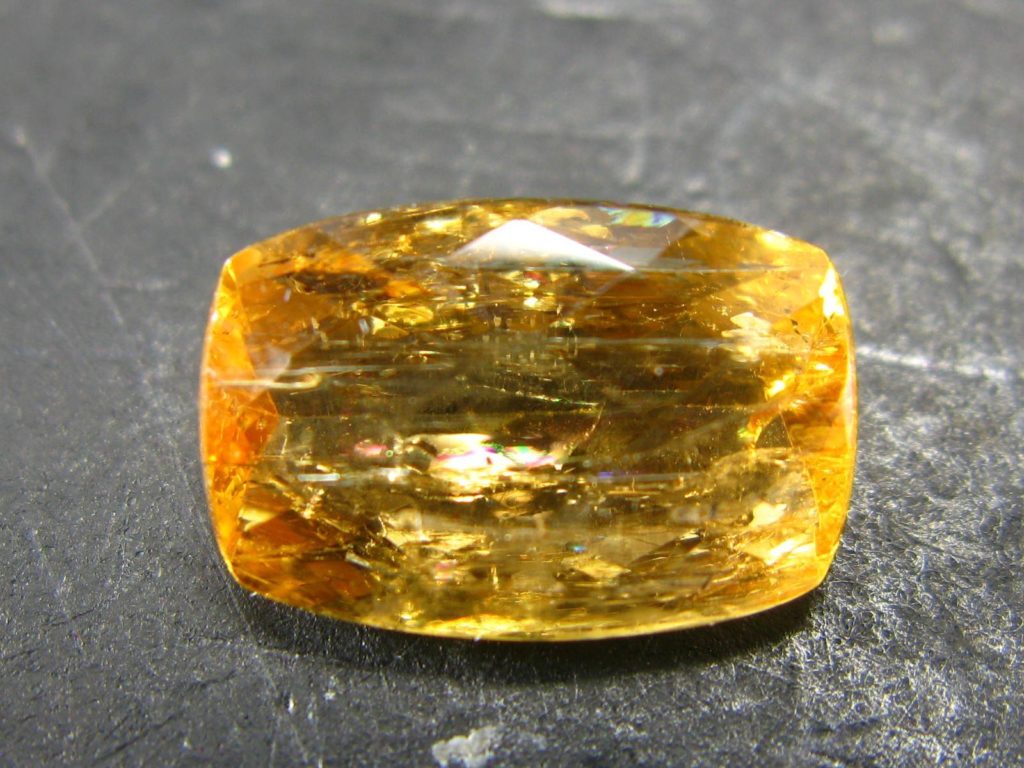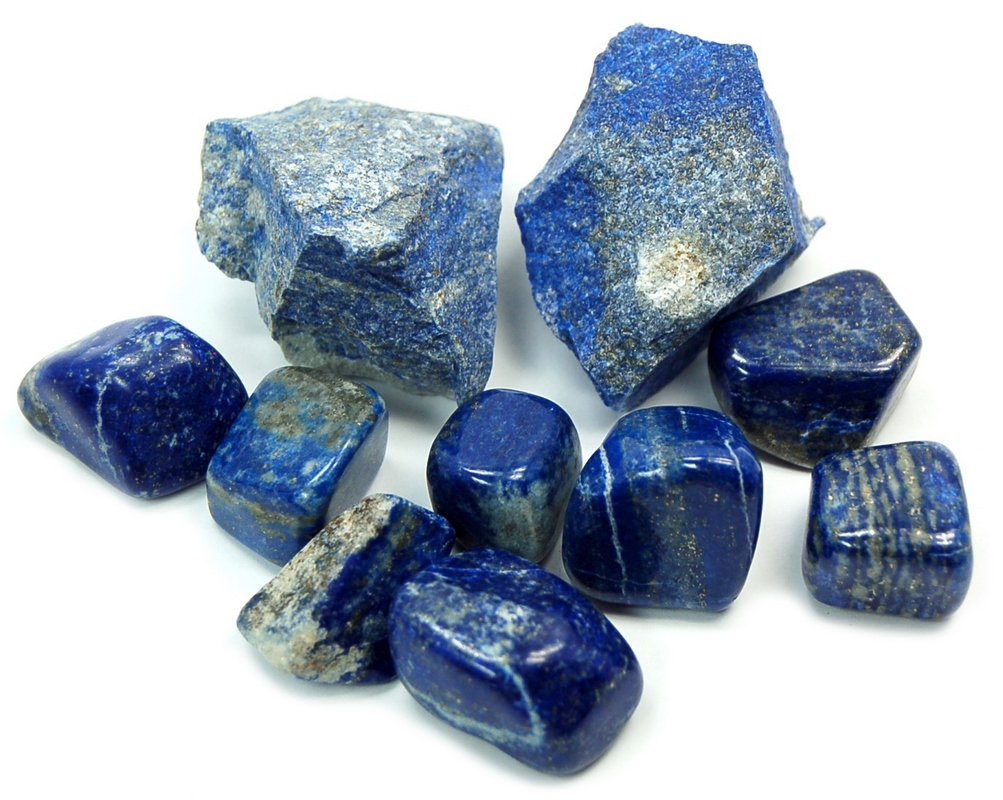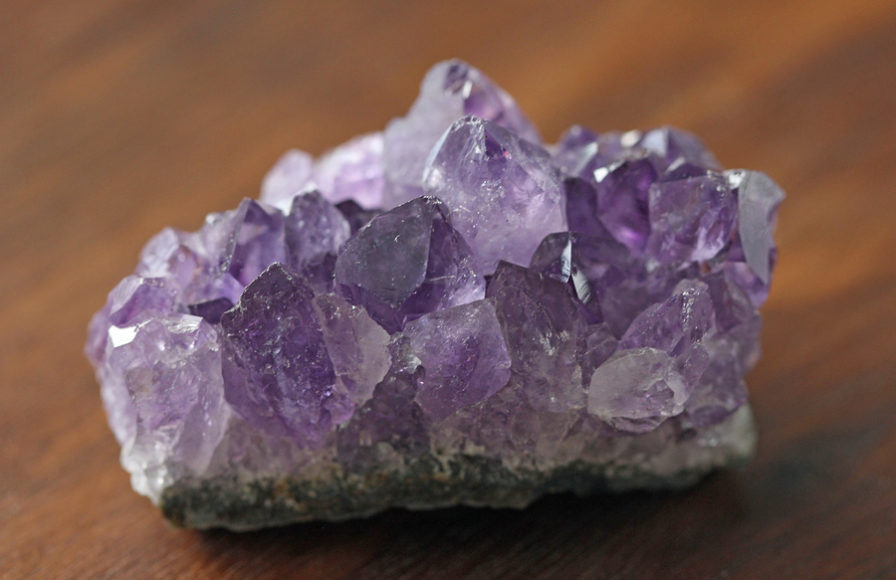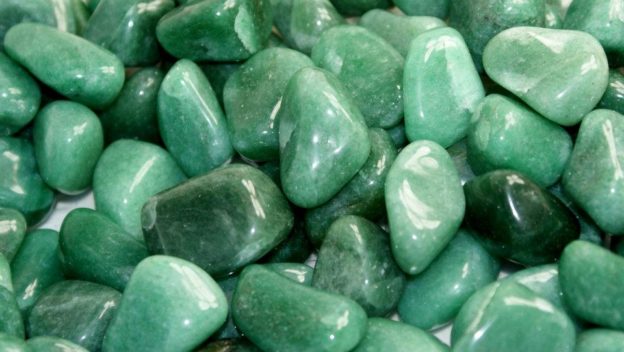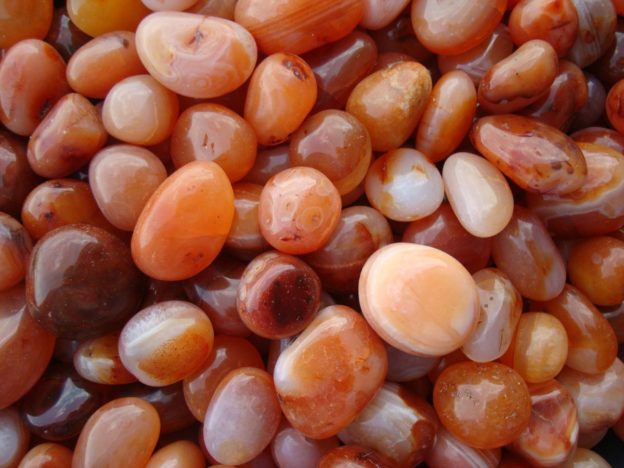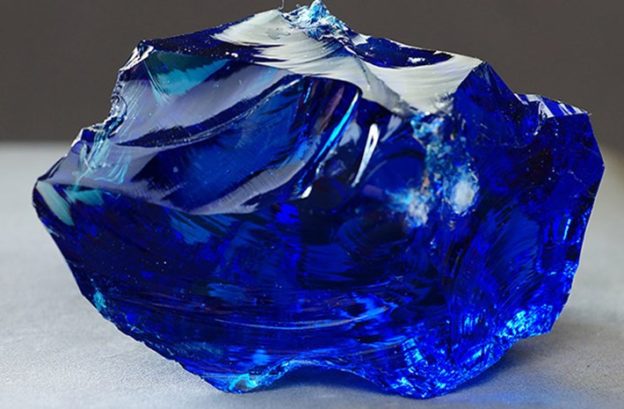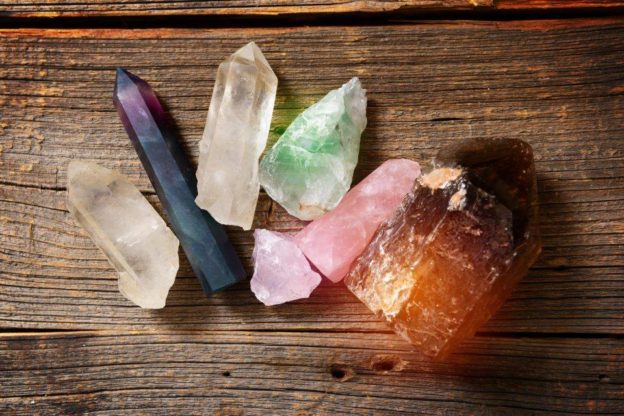What is crystal quartz?
The quartz crystal is a mineral that has more benefits. Collect energy, power, amplify it and direct it where you want. It is widely used to heal and eliminate the negative energies in your life because of the healing properties it has. Do you want to discover how crystal quartz can improve your life?
Of all minerals, crystal quartz is perhaps the best known and at the same time the most unknown. It is composed of silica, belongs to the group of oxides and is crystallized by high geological pressures and temperatures in rhombic systems. It is one of the most common in the earth’s crust and is also one of the minerals that give you the most benefits. As a curious fact I tell you that what feed the Earth’s magnetic field are quartz crystals.
Thanks to the continuous discoveries that are being made, there are more and more varieties of crystal quartz (crystalline quartz, smoky quartz, rutilated quartz, blue quartz …) with different properties that give you various states and vibrations.
When talking about minerals you must be aware of their ability to capture and transform energy. Quartz is characterized by its support, that is, by the amount of energy it can withstand. It is important because it also keeps it inside and expands it around it.
It is a stone of protection too. It will always amplify positive energy and reject or eliminate negative energy.
Due to its multiple properties, it has various uses in the industry such as optical instruments, watches, oscillation plates, speakers … It also has a resonant behavior, the ability to emit light when heated, dissipates static electricity and its piezoelectric properties are well recognized. That is, it reacts when it is subjected to a certain voltage.
Crystal quartz has always been in all cultures. It is present in both altars and tables because it is a mineral that focuses energy. Since ancient times, crystal quartz has been considered a valuable gem. The prestige he had then is much greater than he has today. There is a story that tells that Nero was made to carve two glasses of this mineral to drink on great occasions since it was thought that crystal quartz attracted the favor of the gods. The Arabs also made beautiful amulets with this gem to ensure good luck. For its beauty and properties it has always been one of the favorite gems of the carvers during all times.
Mother quartz or master quartz
Some quartz crystals have on their faces or in their structures certain formations with special geometries that are called mastery.
Learning quartz is considered master quartz. These inspire both respect and admiration. They have inside elements that help the evolution of the person who owns them. For this reason it is essential to know how to correctly distinguish the mastery that certain quartz can have.
It is often said that it is the master quartz itself that finds you. They choose you. You feel an attraction for the crystal and from that moment a bond with it emerges. This way you can access the information that it contains and that is fundamental for you and your evolution as a person.
There are different types of master crystals such as:
1.- Down
2.- Filing cabinet
3.- Wand
4.- Traveler
5.- Isis
6.- Connector
7.- Embraced
8.- Twins
9.- Call
10.- Elestial
11.- Channel
12.- Generator
13.- Transmitter
14.- Window
15.- Doubly terminated
16.- Tabular
17.- Ghost
Types of quartz crystals and their benefits
The quartz is pure without any impurities are known as quartz glass, rock crystal, quartz crystal or hyaline quartz.
When the tone of this mineral is grayish it is called smoky quartz. If its color is violet its name is amethyst and if it is yellow it is known as citrine. (Know all the benefits that amethyst brings to women)
The crystallizations that you can observe in a certain variety are called geodes and those that occur on a flat or convex surface are called drusen.
According to the type of color:
Roses:
Rose quartz is one of the healing stones that crystal therapy professionals use the most. It generates a feeling of wellbeing for women as it eliminates the possible burdens that she may have in the ability to give and receive from the heart. It helps balance emotional and sexual energy. It will help you to express your feelings calmly, eliminating stress, jealousy, anger, anguish … This type of quartz destroys the negative energies replacing them with loving vibrations. You release all the penalties you may have, as well as the emotions you have not expressed.
Amethyst:
It is very suitable for the endocrine and nervous system. It helps you to purify and harmonize the environment where you place this type of quartz as it transforms negative energies into positive ones. Rubbing this type of mineral in the exact place where it hurts, can help you eliminate your headache. It is a stone of power, justice, energy and purity.
Smoky Quartz:
It is perfect for healing due to its energy capacity and its ultrasonic frequency. It is very suitable to meditate and find what you are looking for. It pushes you all the good impulses you have to achieve both personal and material improvement. Calm, relax and silk. It is considered to be the quartz of the magicians since it is able to eliminate your negativity and allows you to become aware of the here and now. It can help you focus. To set foot on the ground especially those women who are dreamers and who do not live reality but in a continuous fantasy.
Citrine Quartz:
The nervous system and the digestive system are much indicated. It helps you to raise your self-esteem and eliminates the possible tendency you may have to self-destruct or self-criticize. It helps to solve problems and make decisions quickly so that intellectual activity benefits.
White:
It is called milky quartz and is one of the most frequent varieties. This is created from the small amounts of gas or liquid that gets trapped when the crystals are forming. For this reason it is its white color. This type of quartz is widely used in decoration because of the fluids that exist inside. It is precisely the cloudiness that exists in the mineral that prevents it from being used both in the field of optics and electronics.
It helps to release possible physical blockages that you have in the body; it helps natural energies such as meridian points, reflexology points. It balances the energy of these physical points in both positive and negative. Quartz is going to transmit to you about every balance.
They act as transformers and energy amplifiers since they balance biological systems from the cellular level through oscillating vibrations. Another mineral that helps balance the physical, emotional and mental state is the moonstone. You can use both quartz to get better results.
Druze properties of the crystal quartz mineral
Druze is a union of various crystals. So you can find from two to a large number of them. It is a harmonious representation of the coexistence of all the crystals that make up that family. They are crystals that have the same base but that each one is different.
This type of crystal quartz will help you to live in a team, in a group. They are minerals that intrinsically carry the consciousness of unity. This is why they help unsociable people or those who find it hard to work in a group. Very suitable for those women who feel alone and with low self-esteem.
Small drusen are used in crystal therapies since they recharge both the chakras and the energy system and harmonize them. They amplify the energy if you place it in your hands when you are healing with crystal therapy.
One of the most important characteristics of drusen is that they serve to clean and recharge other minerals. Amplifying the effect that stone has on concrete.
Quartz drusen are ideal if you want to harmonize a certain environment. They neutralize the negative waves emitted by electronic devices.
They are widely used in reiki since they transmit and catalyze energy very well.
Healing properties of crystal quartz
For centuries, not only physical properties but also healing and energy properties have been associated with quartz. For many it is considered the cure for par excellence.
Quartz crystals, especially those that are clearer, generate a balanced energy field. Among its main qualities are:
- Great healing power.
- Unlock the physical centers as it vibrates in resonance with the entire universe.
- Revitalizes and restores energy, bringing the physical body to balance.
- Remove the negative energies.
- They are one of the best transmitters and power generators.
- Remove blockages that a person has.
- In meditation they expand the power of perception.
- Open, stimulate and strengthen the seventh chakra.
Quartz has the property of balancing and harmonizing bodies preventing any negative energy from appearing.
One of the most important properties that this material has is its therapeutic characteristic. As I have commented previously, it attracts and channels the universal energy in such a way that it unlocks most of the subtle bodies. Not only does it harmonize with each other but also with the physical body, this facilitates the healing of diseases.
Healers who specialize in crystals use quartz for various purposes. Some of these are the general healing of pain, dizziness, diarrhea, headaches, kidney diseases …
Physical properties
The transparent crystal quartz has a hardness of 7 on the Mohs scale so that it can scratch the glass. Internally it has a white streak, a concoid fracture and a hexagonal crystal structure.
Quartz is present in many types of rocks, igneous, metamorphic and sedimentary. It is part of the group of silicates. There are two fundamental types of quartz:
· Macrocistalin: it is generally translucent and transparent
· Cryptocrystalline: they are usually opaque or translucent.
The fine quartz is transparent which means that the light passes through it without obstacles. It is common to find concoid fractures on their faces. It dissolves in hydrofluoric acid.
Emotional and mental properties
What quartz provides is very clear. They help you grow spirit and soul. On a physical and mental level, what helps you is to clear your mind. What it does is get out of your head all the negative energies and everything that is blocking you to focus on what will bring you well-being. Increase the positive energies as well as the motivation to be able to do what you want.
Another of the mental healing properties that this gem has is the increase in intuition. Eliminate any type of self-pity you may have and help you achieve what you want.
In order for this type of crystalline quartz or other type of mineral to retain all its properties, it is necessary to clean, load and program it. Many doubts usually arise when you want to perform this sequence to several minerals at once. All quartz can be cleaned in the same way and charged at the same time. But it is important that each mineral has a different order. Thus, you will channel the virtues of the gems and get a better result.
Energy properties
On the other hand, quartz is used a lot for meditation since, as I mentioned earlier, it is good to balance the energy fields that exist in your body and in your aura. A rock crystal is held in your hands to help you relax while you meditate. Also having this mineral increases the frequency of vibration of the place where it is. Absorbs, stores unlocks and regulates energy. It takes it to the maximum state acting in all the states of the person.
When it comes to meditation, it is essential that your mind be calm and calm. That does not have any negative charge. The space where to perform the meditation has to be as quiet as you can. It is good that there is a dim light to avoid possible distractions.
As I mentioned earlier, this mineral contains the entire spectrum of light. One of the properties of quartz is that it helps eliminate static electricity that may exist around you. That is why it is good to have crystal quartz near the computer, mobile phones, television…

